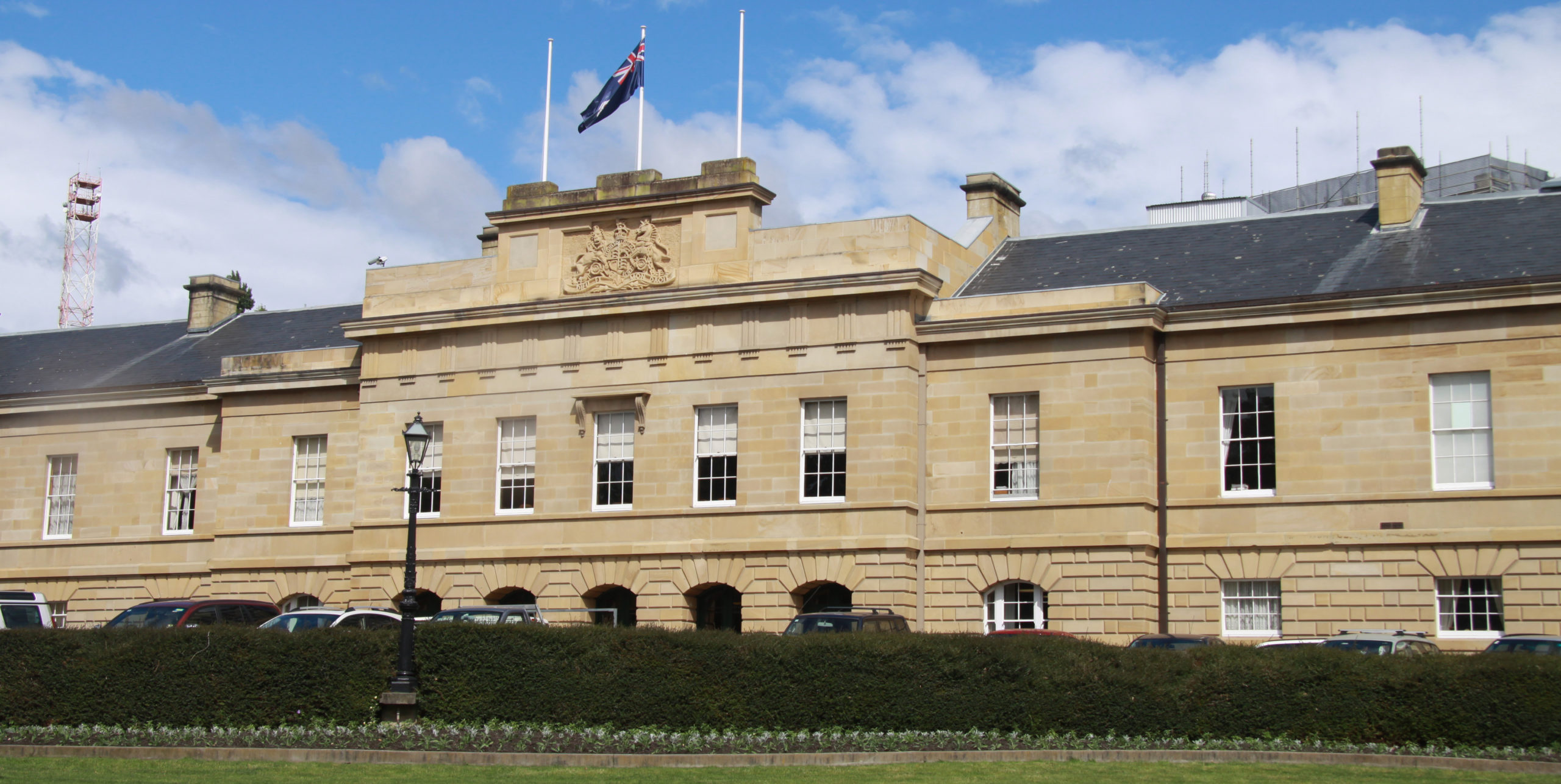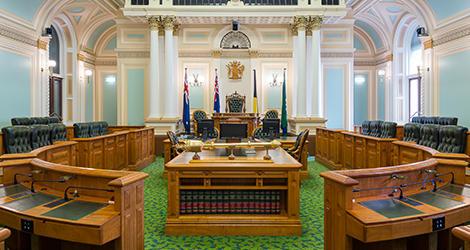Key points:
- Cattle yardings for Q1 2023 remain above Q1 2022 despite flooding conditions.
- Some good quality offerings for lambs have helped to strengthen prices.
- Cattle slaughter reached its highest level since December 2020, with extremely strong slaughter figures in northern Queensland.
Cattle
The Western Young Cattle Indicator (WYCI) softened 61¢ week-on-week as prices from the Mount Barker sale eased nearly 67¢, below the usually-softer Muchea sale. This was mostly due to the limited yarding and mixed quality at the saleyard.
Cattle yardings tightened this week to 41,511 head. Despite flooding in the north, March totals improved 4% month-on-month. Roma had a tightening of numbers this week, with most cattle being sourced from south-west Queensland or northern NSW.
The Restocker Yearling Heifer Indicator strengthened across all weight ranges, with Roma continuing to contribute the most cattle to the indicator.
Against the national average, Wagga Wagga and Mount Barker had the strongest prices of 359.65¢/kg live weight (lwt) and 340¢/kg lwt respectively. For the Restocker Yearling Steers, Dalby took out the top price of 435.55¢/kg lwt but the indicator still eased 8¢ week-on-week.
The price for heavy steers continues to ease, with the indicator reaching 313.74¢/kg lwt. Prices like this have not been seen since May 2020 and now sit below the 10-year average.
Year-on-year, total yardings for the first quarter of 2023 have improved by 4% as supply from the rebuild begins to hit the market.
Rain in Queensland and northern NSW has improved buyer demand.
Sheep and lambs
It was a stronger market this week for most sheep and lamb indicators.
Due to improved quality at top contributing saleyards, the Heavy Lamb Indicator improved 10¢ week-on-week.
Ballarat, which contributed to 25% of the indicator, traded at 750.49¢/kg carcase weight (cwt).
Excellent condition of heavy trade and export lambs at the saleyards helped to support these prices as buyers continue to select based on quality. Trade lambs went for 715.58¢/kg cwt and stronger prices seen in NSW saleyards, especially in Wagga Wagga and Forbes, allowed the indicator to lift 23¢/kg cwt.
Restocker sentiment has also lifted this week with the Restocker Lamb Indicator improving 42¢ week-on-week. Ballarat contributed 42% of the indicator but traded 19¢ under the national average.
Wagga Wagga made up 12% of the contribution and had the highest premiums with restocker lambs selling for an average of 692.11¢/kg cwt. The quality of heavy export lambs also improved at this saleyard.
Lamb yardings lifted 11% week-on-week.
Total sheep and lamb yardings for the month of March improved marginally.
Slaughter
Cattle slaughter has continued its upwards trend, with eastern states’ numbers reaching levels last seen in December 2020.
Northern Queensland slaughter hit its highest levels since December 2019.
Total national cattle slaughter was 114,038 head last week, with Queensland slaughter increasing 2% week-on-week. NSW slaughter broke 30,000 head.
The trade-off of kill space between sheep and lambs has caused lamb slaughter to strengthen 10% while sheep slaughter softened 3%.
Victoria was able to lift both sheep and lamb slaughter to 50,536 head and 168,523 head respectively.
Goat slaughter remains above year-ago levels at 39,525 head, a 9% increase week-on-week.
Markets update
Charters Towers cattle market did not operate this week.
*Due to the Easter long weekend and reduced markets, the weekly cattle and sheep market wrap for the week ending 7 April will not be published. A comprehensive overview of the previous week’s markets will be published on 15 April.






